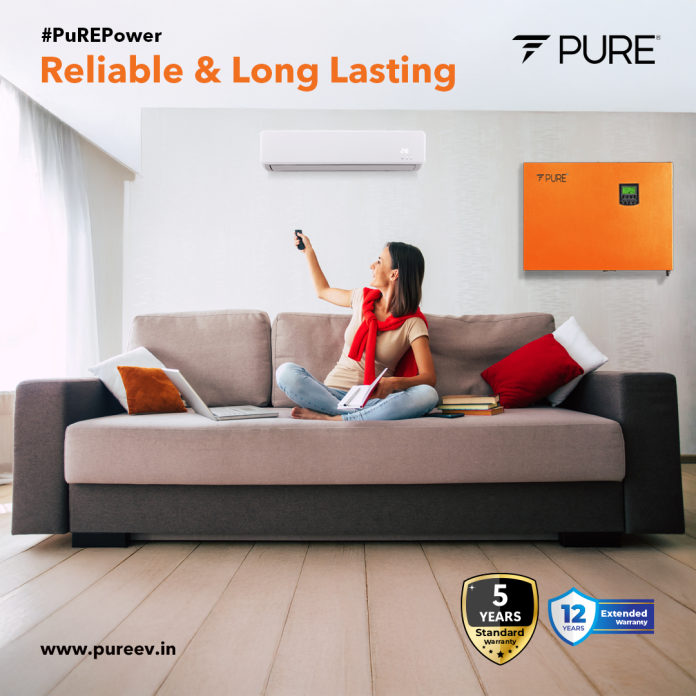Why We Still Panic When the Lights Go Out
If you live in India, you know the drill. Power cuts aren’t just “occasional inconveniences.” They’re the surprise guests that show up at the worst times—midway through an online interview, during cricket matches, or right when the mixer is grinding chutney and decides to give up. Even with all the “Digital India” hype, electricity isn’t exactly flawless everywhere.
And that’s where Power Backup Solutions for Home in India sneak into the picture. They’re not glamorous gadgets you brag about, but honestly, they save you from a ton of stress.
Inverter, Generator, or That Old Jugad?
Most middle-class homes either rely on inverters with chunky batteries or the classic diesel generator in the neighborhood that sounds like a mini tractor starting every hour. I remember once during summer in Lucknow, our generator literally coughed itself to death because every house in the lane was running one at the same time. It felt like a “who has the loudest generator” competition.
Inverters are quieter, but they’re like having a water tank—you don’t notice it until it’s empty. You’ll suddenly realize, “Oh, the battery’s dead” right when your kid’s exam is happening on Zoom.
Solar backup systems are the cooler cousin now. They look expensive upfront, but people on Twitter (sorry, X) keep sharing screenshots of their “zero electricity bill” flexes. Some are even saying solar has become a one-time headache that pays back in 4–5 years. Not bad if you plan to stick around in the same house.
The Lesser-Known Side of Backup Systems
One thing not many people talk about—backup systems actually save appliances too. Sudden voltage cuts and returns are like mood swings for your fridge or TV; they hate it. Having a stable inverter setup means fewer repairs. My uncle once lost his 40-inch TV to a sudden surge, and he still rants about it like it was a personal betrayal.
Also, small fact: India loses almost 20% of generated electricity in transmission and distribution. That’s huge. So even if your city “promises” 24×7 supply, somewhere in the chain, the wires are leaking (figuratively). No wonder people want a plan B at home.
Online Sentiment and FOMO
It’s funny—scroll through Reddit or Quora threads about “which inverter to buy” and you’ll see half the answers are basically “don’t buy this brand, it burned my ceiling fan.” The other half are like “bro, just invest in solar, stop wasting money.” People are emotionally invested in their power backups like they are in their phone brands.
There’s also this weird FOMO: your neighbor installs a shiny solar system with smart monitoring on their phone app, and suddenly your dusty inverter feels like a Nokia 1100. That’s just how it is.
So, What Actually Works?
Honestly, it depends on your lifestyle. If you’re in a metro with just “tiny flickers,” a good inverter-battery combo is enough. If you’re in smaller towns or states where summer cuts can stretch 6–8 hours (looking at you, Bihar), you might want something heavier-duty like solar hybrid setups.
Personally, I feel in 2025, solar is where the conversation is headed. Companies like Pure Energy are pushing clean and sustainable backup solutions, which just sounds better than “I’ve got a noisy generator.” Plus, electricity tariffs are only going up.
Final Thought (not a formal conclusion, just a rant)
Power backup is that thing you don’t think about until you desperately need it. It’s like having snacks in the house—you don’t realize the importance until you’re stuck in a blackout at 10 p.m. with no WiFi, sweating, and questioning life choices.

